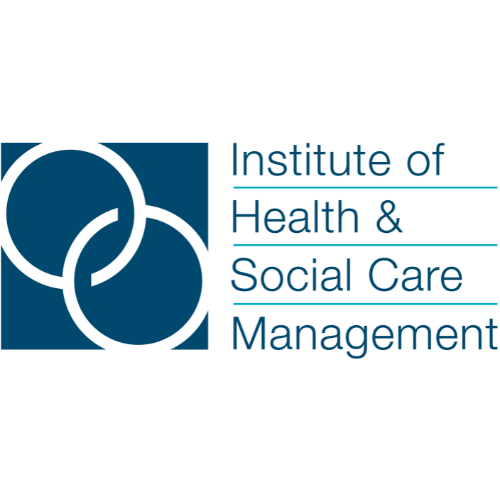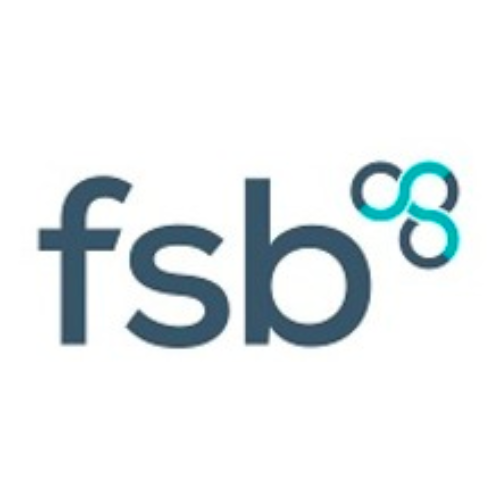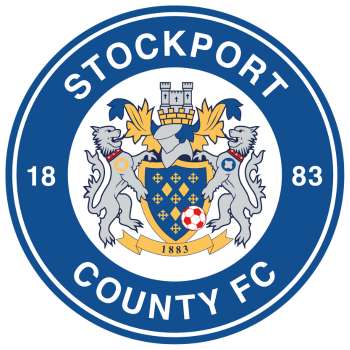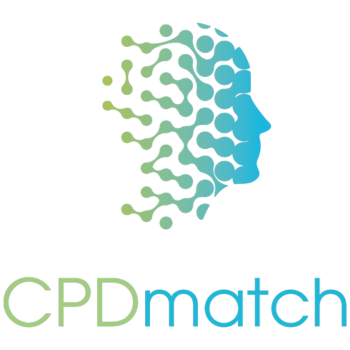The programme
09:00
Registration, Networking & Breakfast
Registration - Open from 9:00 am - Closes at 11:00 am
All delegates must complete their registration process before the 11:00 AM cut-off time. Please arrive in a timely manner to allow for registration and to avoid any inconvenience. Delegates who arrive after the registration deadline will be refused entry to the event.
We appreciate your cooperation in helping us maintain the event's schedule and ensuring that everyone can fully participate in the Patient Flow Conference. If you have any questions or require assistance, our event staff will be available to assist you with the registration process.
Thank you for your understanding, and we look forward to an insightful and productive event together!
10:00
Chairs Opening Address (Confirmed)
Conor Burke
CEO
UHUK (Urgent Health UK)
Chairs Opening Address (Confirmed)
10:05
Keynote Presentation - Learning from the best hospitals in the country on admitted flow: what do they all have in common? (Confirmed)
Chris Morrow-Frost
National Clinical Advisor to Secondary Care
NHS England
Using admitted flow performance metrics, the team reviewed who were the highest performing hospitals in the country when aggregating 4hours, 12 hours, occupancy and length of stay. The team then visited each of these 11 organisations to perform a review of the most common factors present by walking the patient pathway and speaking to a diverse range of staff. Is there a magic bullet or magic shrapnel? Can we learn from the success of others? This presentation covers what the team found on their journey.
10:25
Keynote Presentation - OPTICA - Optimising Patient Flow and Hospital Discharge Processes (Confirmed)
Victoria Cardona
Head of Patient Flow Service
North of England Care System Support
Louis Coles
Digital Solutions Service Manager
North of England Care System Support
OPTICA (Optimised Patient Tracking & Intelligent Choices Application) is a secure cloud application, built by NECS in collaboration with North Tees & Hartlepool NHS Foundation Trust which tracks all admitted patients and the tasks relating to their discharge in real-time through their hospital journey.
OPTICA enables multi-disciplinary teams to easily understand where discharges from hospital are being avoidably delayed, for how long, why, who is responsible and the missed opportunity cost to the organisation. It has been proven to help Trusts reduce their average patient length of stay, minimise avoidable delayed discharges, maximise bed utilisation and increase overall discharge team efficiency.
10:45
Main Sponsor - Pathways into practice: An all of Wales approach (Confirmed)
Dr Jon Tose
GP, Senior Clinical Editor and Clinical Lead for
Pathways Alliance
Dr Alastair Roeves
National Clinical Lead for Primary Care & Community Care for Wales National Clinical Lead for Health & Care Pathways
NHS Wales
Main Sponsor - Pathways Alliance Ltd
Originating in Canterbury in the South Island of New Zealand, HealthPathways was developed from a need to increase collaboration across primary and secondary care, with clinicians coming together to develop condition specific pathways of care that articulate ‘this is how we do things around here today’.
As a central repository of localised, pathways of care, each one is tailored to an individual health system by local doctors in collaboration with subject matter experts, to reflect the reality of local service provision. These pathways support general practitioners and hospital clinicians to make informed, supportive decisions at the point of care, within any local constraints on service availability.
In this session you will get an understanding of the purpose of HealthPathways, why it was developed and how it has gone on to become a trusted process for supporting the management of patient flow across over 65 international health systems.
The presentation will use the case study from NHS Wales to demonstrate the impact community HealthPathways had on their vanguard system- Cardiff and Vale University Health Board, leading to demonstrable activity and cost reductions across specialties, and ultimately leading to its implementation across Wales, to develop nationally agreed, locally delivered pathways of care.
The session will highlight the impact community HealthPathways is having on the Welsh system, as well as introducing Hospital HealthPathways as a means to create, disseminate and maintain pathways of care within an acute setting.
11:05
Morning Break, Networking & Refreshments
Morning Break, Networking & Refreshments
12:05
Chairs Morning Reflection (Confirmed)
Conor Burke
CEO
UHUK (Urgent Health UK)
Chairs Morning Reflection (Confirmed)
12:10
Faster, Safer, Smarter Digital Triage
Krista Burslam-Dawe
Chief Operating Officer
opto
Case Study - Opto
Faster, Safer, Smarter Digital Triage
12:30
Case Study - Streamlining Patient Flow: Innovations for better Healthcare delivery (Confirmed)
James Irving
Senior Account Manager
boxxe
Ala Uddin
Senior Director
Hitachi Digital Services
Case Study - Boxxe
boxxe and Hitachi join together to delve into the intricacies of patient flow within healthcare systems. We'll explore the challenges that hinder seamless patient journeys and unveil innovative strategies to optimise the entire process. From appointment scheduling to discharge, we'll discuss practical solutions and cutting-edge technologies that improve efficiency, reduce waiting times, and enhance the overall patient experience as well as showing how we’ve supported other NHS Trusts.
Join us on a journey to transform patient flow dynamics and elevate the standard of care in healthcare institutions.
12:50
Keynote Presentation - Developing Criteria Led Discharge in Hospital Settings: Opportunities and Characteristics (Confirmed)
Liz Lees-Deutsch
Professor for Nursing Practice
University Hospital Coventry and Warwickshire NHS Trust and Coventry University
Roz Young
Assistant Director of Nurisng
NHSE Midlands
Introduction: The introduction of Criteria Led Discharge (CLD) provides an opportunity to improve patient flow, through specific clinical parameters for patients, which aids clinician decision-making to bring the time of patient discharge earlier in the day1. Despite national guidance2 and success in some settings,3 the implementation of CLD has a limited evidence base. This presentation describes the development of a point prevalence patient survey (PPS) tool to characterise the potential opportunities and characteristics of patients suitable for CLD. We hypothesised this survey tool would; - enable the engagement of multidisciplinary staff; demonstrate the opportunities for CLD development and, cultivate large-scale data on the patient's characteristics. Methods: Mixed Methods comprised a point prevalence survey; feasibility testing methodology and co-design. Feasibility was guided by eight developmental phases namely: acceptability, demand, practicality, implementation, adaptation, integration, efficacy, and expansion. User testing enabled feedback for survey tool reiterations. Categorical data were analysed descriptively. Change theory using COM-B, was employed to analyse the elements of Capability, Opportunity, Motivation and subsequent Behaviours. Results: We developed a PPS tool which illuminated the potential opportunities and characteristics of patients potentially suitable for a CLD. This study stimulated multidisciplinary team engagement in the tool at pace and scale across 22 organisations, (32 hospital wards) to provide data during May and October 2022. This is the first multi-organisational, multidisciplinary collaboration to confirm the opportunities for CLD (over 50% of patients surveyed) which warrants the development of clinical criteria to support patient discharge in pathways [0 and 1]. Discussion: Participation was motivated by multidisciplinary staff and improved understanding of the scale of opportunities and issues which inhibit CLD. Staff indicated that the PPS tool provided an acceptable and quantifiable approach to collect data, which could challenge patient discharge scenarios. It provides multidisciplinary evidence to consider the suitability of patient characteristics for a criteria-led discharge. MeSH Terms: Patient Discharge; Patient Selection; Prevalence. Ethics: R&D: GFREC-0482 (April 2022). References: 1Lees-Deutsch, L., Balaji, A., Jackson, J., A Topping. (2019) Developing a process for Criteria Led Patient Discharge Selection of Patients for Efficient and Effective Discharge (SPEED). Journal of Nursing Care Quality, DOI: 1097/NCQ000000000000423 2National Health Service England (2021) National Guidance for Introducing Criteria Led Discharge–version 2 (PAR928) https://www.england.nhs.uk/wp-content/uploads/2021/10/B0928-criteria-led-discharge-guidance-v2.pdf [last accessed 08/06/2023] 3Findlay C. Fong G, Goldie, S et al (2023) Implementing criteria-led discharge for acute admissions to facilitate the elective recovery from Covid-19: an example in acute tonsillitis. BMJ Open Quality 12:e002123. DOI: 10.1136/bmjoq-2022
13:10
Case Study - From ‘ward to ICS board’: The impact of effective digital flow systems
Katy Cain
UK Chief Nursing Information Officer
Alcidion
Alcidion’s software unlocks value from existing technology solutions, showing real-time capacity and demand across entire systems, identifying bottlenecks, automating routine activity and providing clinical decision support along each patient pathway, reducing the cognitive burden on staff.
From ward to board, we help the NHS to unlock value from existing technology, fill digital maturity gaps, and engage in digital programmes that deliver value quickly at a patient, organisational and system level.
Bringing together data from multiple systems using our FHIR-enabled data platforms provides access to the full picture of care for the patient, supporting patient flow from admission through to discharge and beyond.
Networking and Lunch
14:30
Chairs Afternoon Address (Confirmed)
Conor Burke
CEO
UHUK (Urgent Health UK)
Chairs Afternoon Address (Confirmed)
14:35
Bill Kloes
Chief Operating Officer
Navenio
14:55
Keynote Presentation - Flowing together unblocking Flow: Navigating Challenges in NHS Efficiency for Healthier Minds (Confirmed)
Samantha Singh
Clinical Lead – Nursing and Urgent Care
NHS MLCSU
I will explore innovative strategies aimed at enhancing efficiency within the NHS by addressing the challenges associated with the stagnation and inefficiency of patient flow. The plenary will focus on two key ideas designed to alleviate stresses and strains, fostering a more dynamic and streamlined healthcare experience.
The first strategy involves the implementation of a specialised transfer team tasked with expediting the movement of patients through various stages of care.
The second is around the effective management and monitoring of outliers. By dedicating attention to patients whose needs fall outside the typical care trajectory, the healthcare system can achieve significant time and bed savings.
The presentation aims to inspire thoughts and actions towards optimising patient flow for the betterment of the entire healthcare ecosystem.
15:15
Cross-Sector Analysis Session - Cross sector learnings and a Corkscrew approach (Confirmed)
Colin Frey
Chief Executive / Cross-sector flow specialist / Advisor on major programmes
Heathrow Airport
What lessons from other sectors might we apply to patient flow in the NHS?
Colin will draw upon his extraordinary breadth of experience from wine making to airport security and baggage systems, to highlight learnings around people flows, logistics and other processes, and discuss how these lessons might be applicable to the NHS.
15:35
Canapés, Drinks and Networking
Canapés, Drinks and Networking
End of the Day


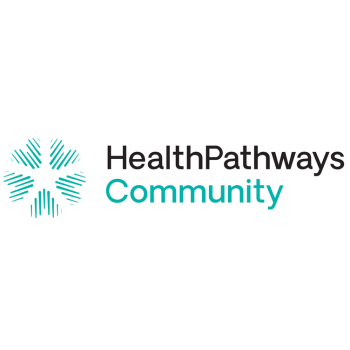
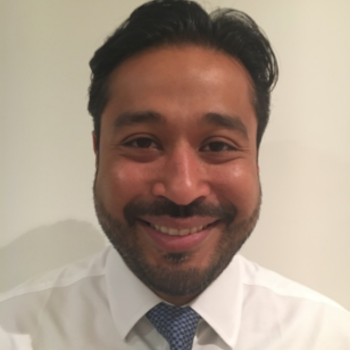









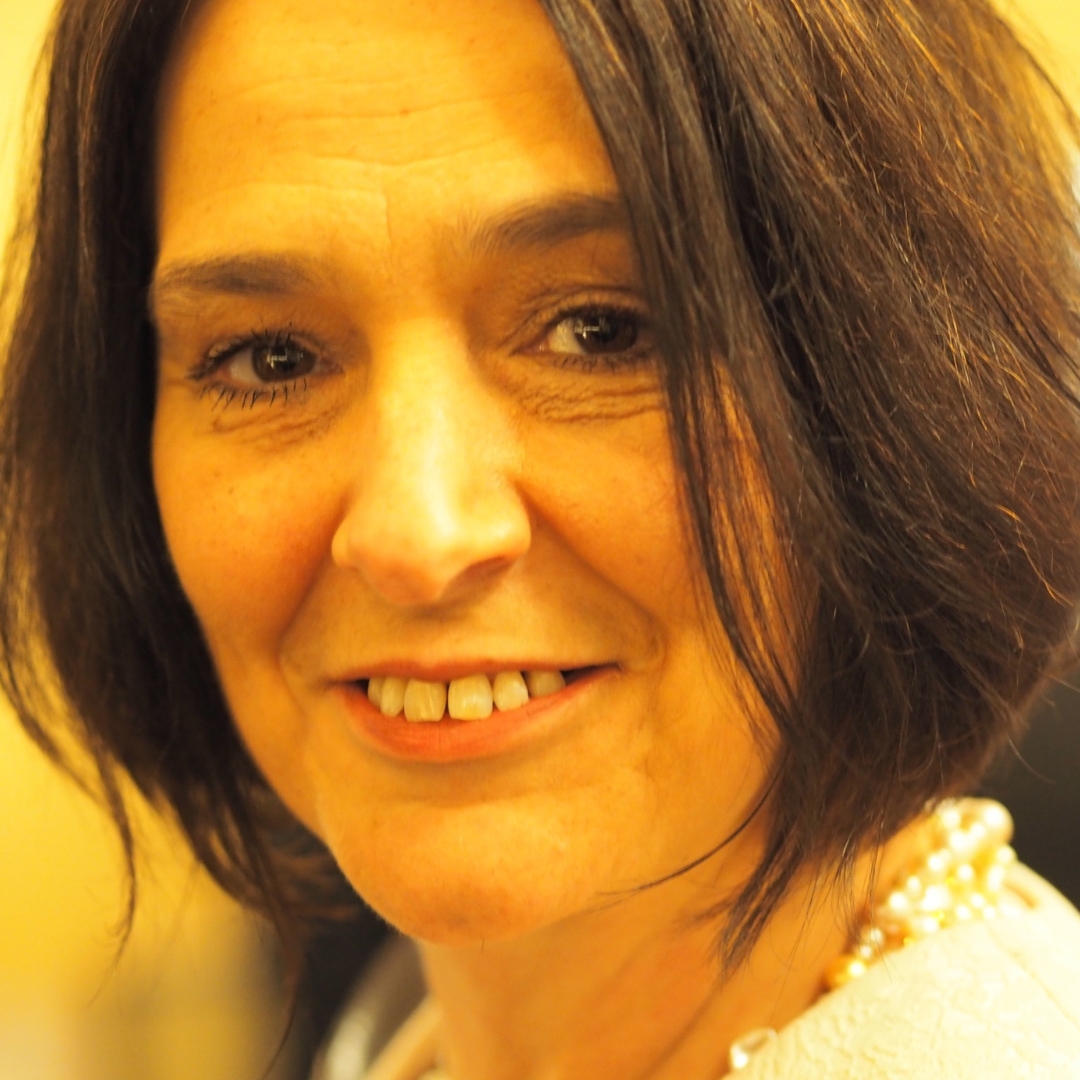




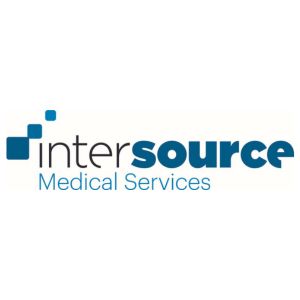
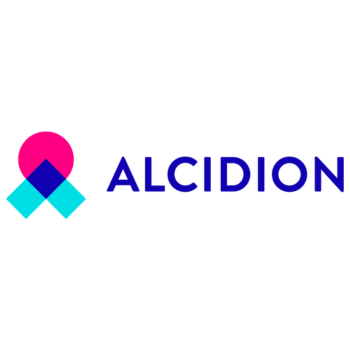

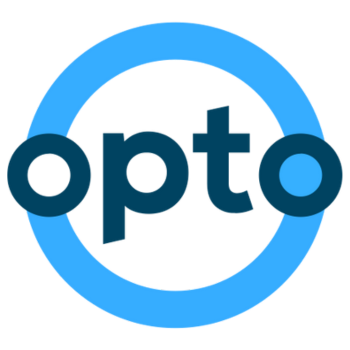
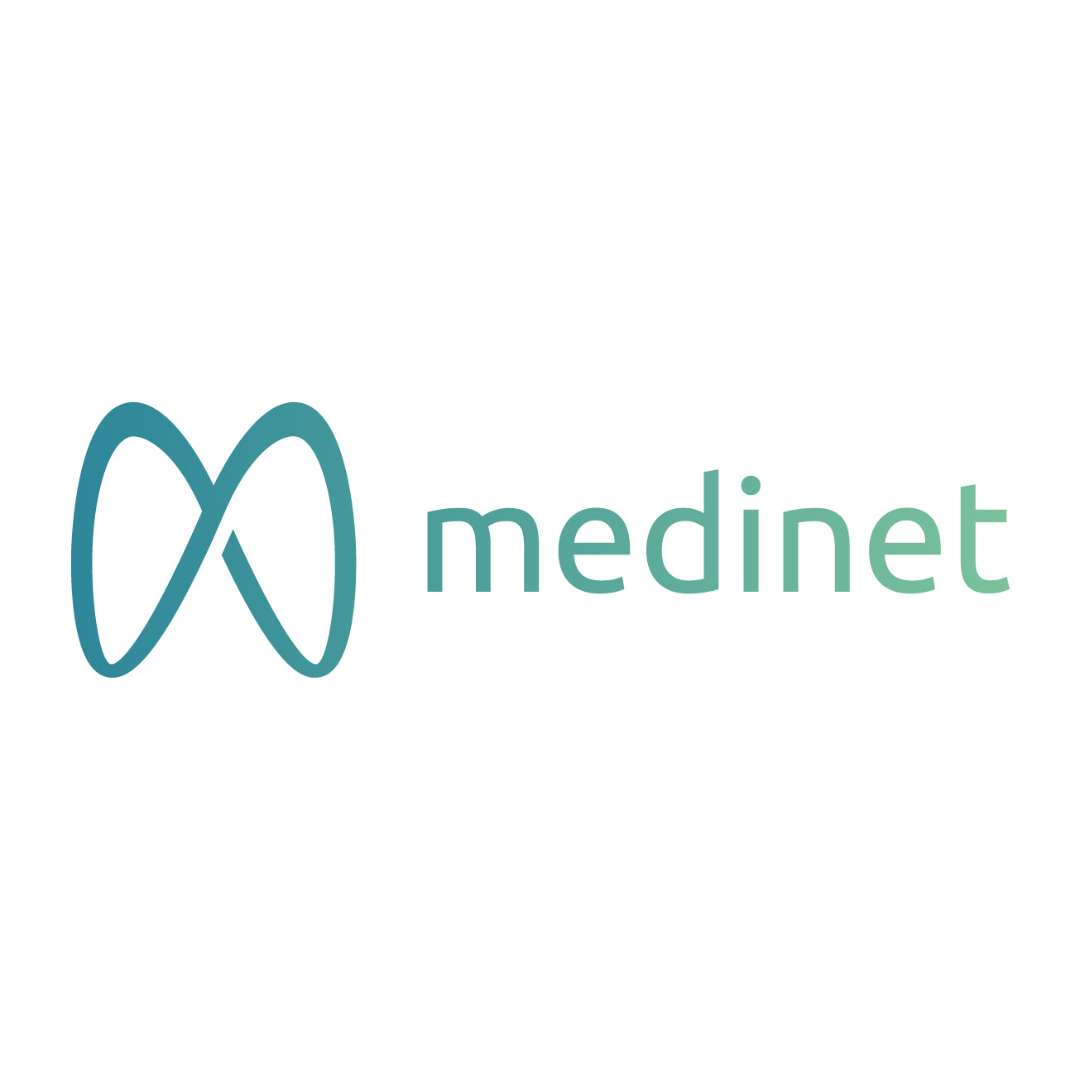
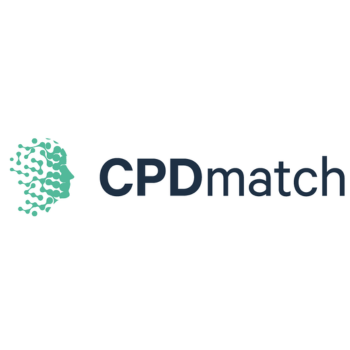
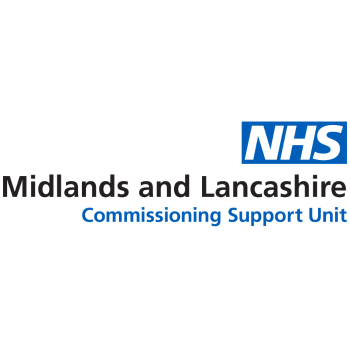
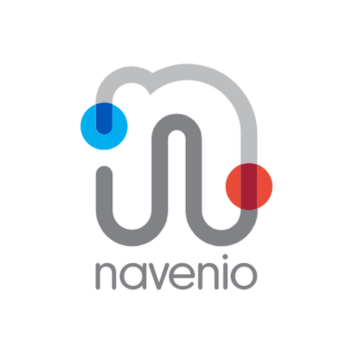

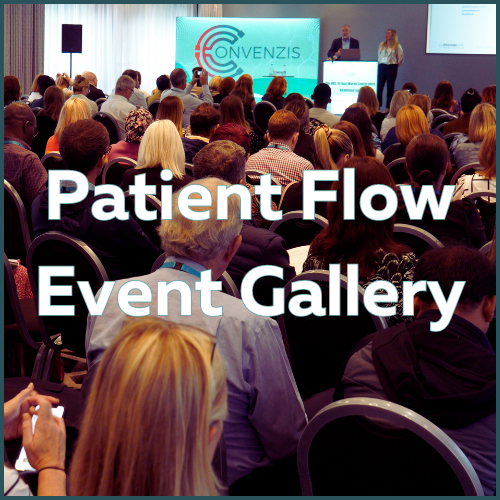 Patient Flow Event Gallery Series
Patient Flow Event Gallery Series







